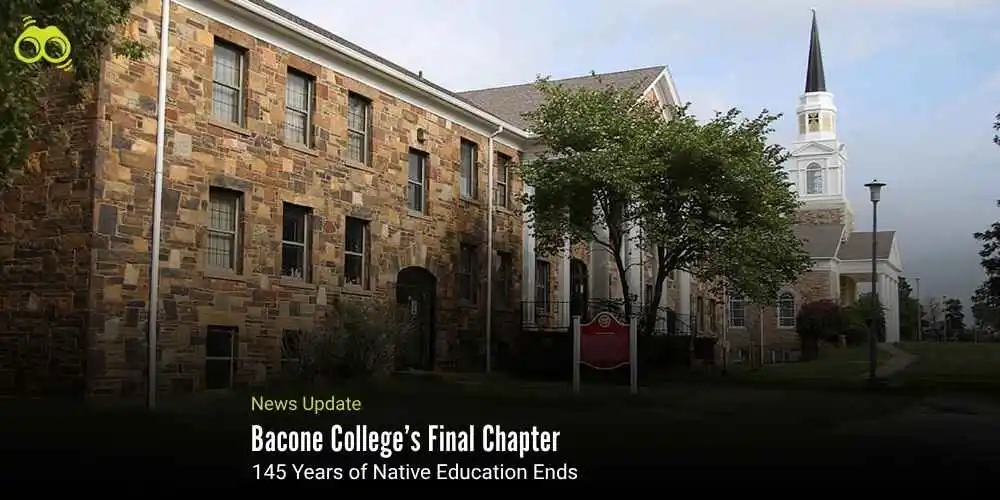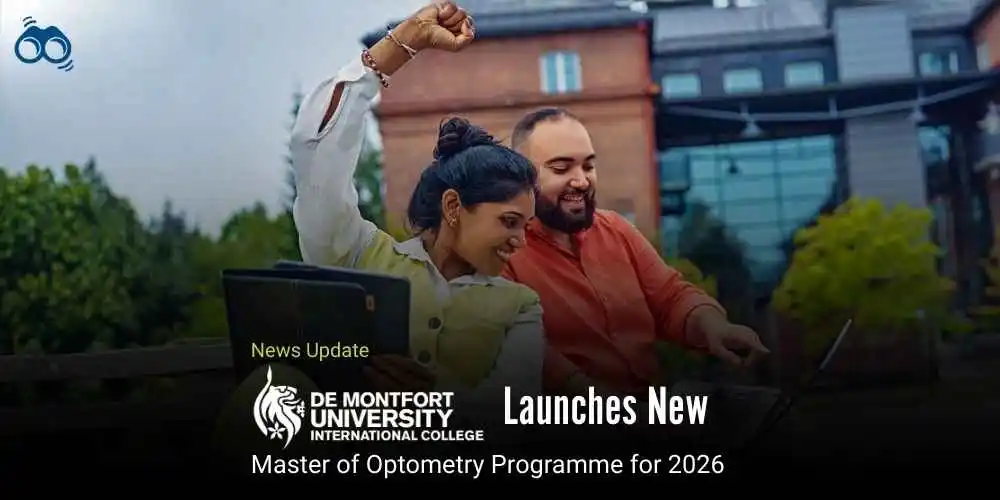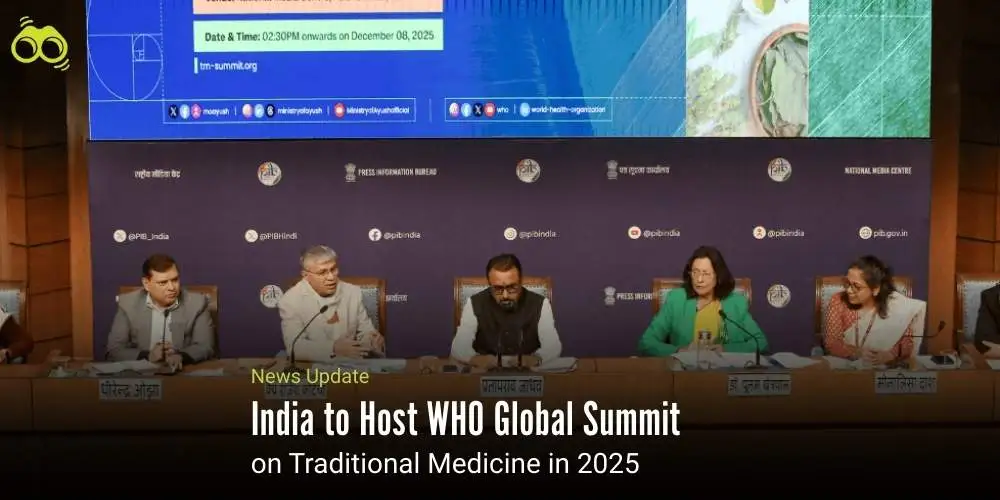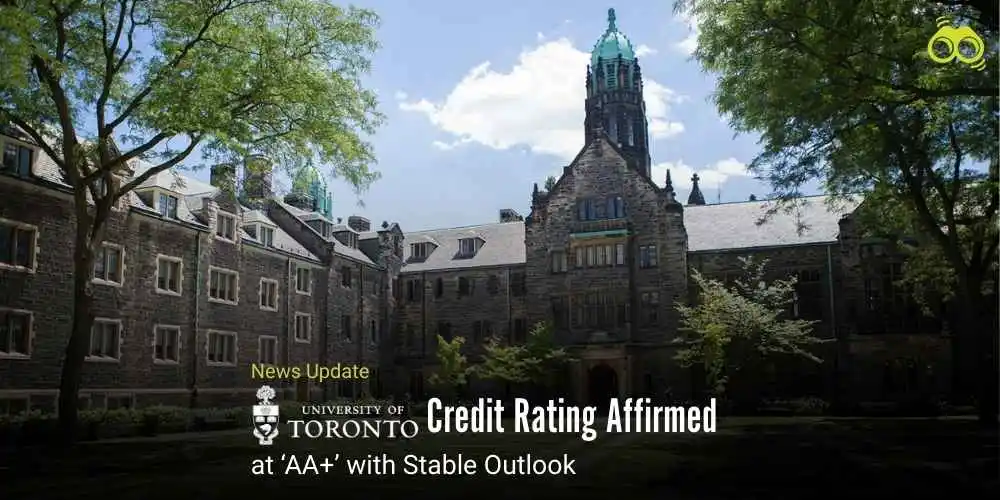Bacone College Liquidated After Accreditation Loss and Bankruptcy Proceedings
Oklahoma’s Oldest College Shuts Down, Marking the End of a Native-Serving Institution
The institution now known as Bacone College began its journey in February 1880 under the name “Indian University,” operating from a Baptist mission house situated on Cherokee land. Its inaugural class comprised merely three students. Over 145 years, it earned distinction as the oldest continuously operating higher education institution in Oklahoma, until its closure in 2025. Historical records reveal that the Muscogee-Creek Nation chartered the college and generously donated the land for its permanent campus. Initially, the institution was dedicated to educating Native American students within a Christian framework, to assimilate them into White society. Throughout its existence, the American Baptist Home Mission Society provided support and oversight.
In 1910, the college was renamed in honour of its founding president, Almon Bacone. Around this time, it received a substantial $10,000 donation from John D. Rockefeller, reportedly secured through Bacone’s colleague, Laura Rockefeller. A significant transformation occurred under President B.D. Weeks (1918–1941), who championed Native-focused education, recruited Indigenous faculty, and integrated Native cultural studies into the curriculum.
Further progress was marked in 1932 with the establishment of the Art Lodge, later renamed Ataloa Hall in 1967. This initiative was driven by Chickasaw faculty member Ataloa McLendon, whose vision led to the creation of a centre featuring a fireplace built with stones from sacred Native sites. The centre became a catalyst for a new Native art movement. Cary Nelson, former president of the American Association of University Professors, described this period as one of Bacone’s “golden eras,” noting that the distinctive “Bacone style” characterised by vibrant, stylised depictions of Native themes evolved into a modern graphic art form that influenced Native American art throughout the 20th century.
However, over time, some faculty began to question whether Bacone College remained committed to its Native-centred mission. According to Nelson, by the early 2000s, financial strain enabled the administration to marginalise outspoken Native faculty, thereby weakening shared governance and fostering a climate of fear. These financial challenges intensified in subsequent years. Patti Jo King, who served as president from 2013 to 2019, admitted she had not fully grasped the extent of the college’s financial decline or its deviation from its original mission.
King partly attributed Bacone’s struggles to declining enrollment and poor student retention, which she linked to the administration’s failure to engage meaningfully with Native communities. She underscored the importance of increasing Native student visibility, enhancing community outreach, and fostering cultural understanding among staff. Moreover, she criticised the lack of training in culturally appropriate engagement with Indigenous students. By 2018, Native representation among faculty had diminished, with only six of 16 full-time members identifying as Native. Observers noted that genuine retention efforts required not only awareness but also direct dialogue with students, particularly those who were first-generation attendees.
To address its financial difficulties and reaffirm its mission, Bacone sought tribal college status, which would have enabled access to federal funding. Although several tribes agreed to charter the college, the federal government ultimately denied the designation. King explained that Bacone lacked essential eligibility criteria, including tribal control, a majority-Native governing board, and a demonstrated mission for serving Native communities. Additionally, others observed that Bacone’s intertribal identity, unlike most single-tribe-sponsored colleges, may have further complicated its application.
Despite these efforts, Bacone’s persistent financial instability continued to hinder progress. By autumn 2023, enrolment had plummeted to just 106 students, a stark decline from 1,184 in 2010. Interim President Nicky Michael described a “near closure” in 2018, although the college remained tenuously operational. Leadership instability further exacerbated the situation, with four presidents serving in its final decade. The COVID-19 pandemic added to the strain, as remote learning and event cancellations deepened the college’s isolation from its community and supporters.
By early 2024, Bacone’s deteriorating condition attracted national attention. A February Associated Press report detailed lawsuits, mounting debt, decaying infrastructure, lost accreditation prospects, and allegations of embezzlement. The college suspended spring classes, signalling imminent closure. In April, board member Leslie Hannah replaced interim president Nicky Michael, and the college publicly denied closure plans, citing a revitalisation effort. Nevertheless, by June, Bacone filed for Chapter 11 bankruptcy, losing access to federal student aid, though Hannah maintained that the institution still aimed to remain open.
In July 2024, the Higher Learning Commission revoked Bacone’s accreditation, citing serious concerns including poor financial oversight, halted enrollment, lack of faculty, and inadequate resources. Further complications arose in May 2025 when the U.S. bankruptcy trustee accused the college of “gross mismanagement,” including a $16,500 loan payment allegedly authorised by President Leslie Hannah in his name. Consequently, the trustee recommended liquidation under Chapter 7, which a federal judge approved, thereby sealing Bacone’s fate. Hannah described the outcome as a tragic end, confirming that all operations had been ordered to cease.
Reflecting on Bacone’s collapse, observers have characterised it as a failure to align financial sustainability with its mission to serve Native students. Although Native enrolment reached 60% in 2020, overall enrolment had sharply declined. Former faculty member Patti Jo King attributed the college’s downfall to its inability to recruit and retain Native students, criticising administrators for failing to engage local tribes and for generalising Indigenous identities, particularly problematic in a state with 37 federally recognised tribes.
Over the past two decades, Bacone faced persistent governance failures, ranging from weak shared decision-making to financial mismanagement. King blamed the collapse on long-term administrative malfeasance. As enrollment dwindled and facilities deteriorated, Bacone followed a familiar trajectory seen in tuition-dependent colleges. Experts noted that survival required decisive leadership, transparency, and timely action, none of which Bacone achieved. By the time of its closure, the student body had largely vanished, infrastructure was failing, and recovery was no longer feasible. Bacone College’s closure marks the end of a once-pioneering institution that ultimately lost sight of its mission and community.
Editor’s Note:
The closure of Bacone College, Oklahoma’s oldest continuously operating institution of higher education, marks a deeply symbolic and sobering moment in the history of Native American-serving education in the United States. Established in 1880 to educate Native students, Bacone’s founding mission was gradually eroded by decades of financial mismanagement, inconsistent leadership, and a failure to maintain meaningful engagement with Indigenous communities. Despite efforts to preserve its identity and regain stability, including an attempt to attain tribal college status, the college ultimately succumbed to severe financial distress, declining enrollment, loss of accreditation, and allegations of administrative misconduct. The demise of Bacone reflects broader challenges faced by small, tuition-dependent institutions, particularly those serving historically marginalised communities.
Skoobuzz underlines that this case serves as a cautionary tale, underscoring the critical importance of strong governance, cultural accountability, and sustained investment in institutional purpose.














0 Comments (Please Login To Continue)